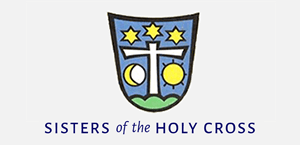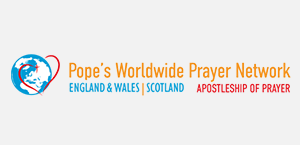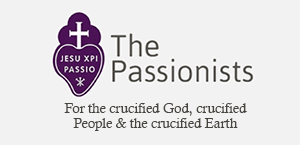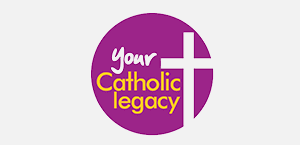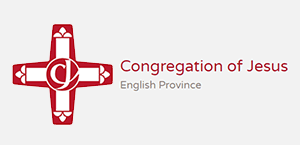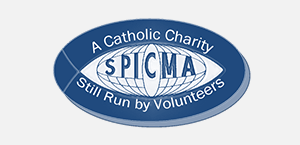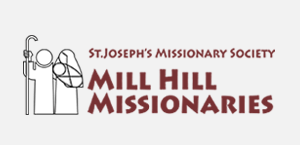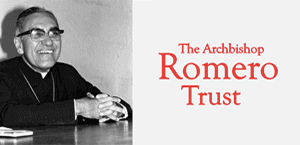Today's Gospel in Art - Transfiguration of the Lord
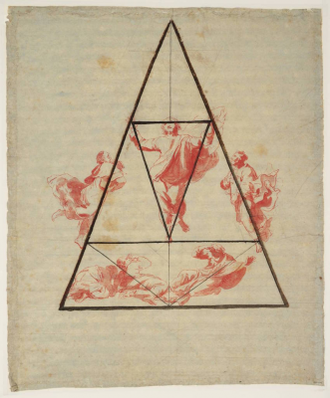
Lecture Diagram 10: Proportion and Design of Part of Raphael's Transfiguration by Joseph Mallord William Turner © Tate Britain, Supported by The Samuel H Kress Foundation
Source: Christian Art
Gospel of 6th August 2021 - Mark 9:2-10
Jesus took with him Peter and James and John and led them up a high mountain where they could be alone by themselves. There in their presence he was transfigured: his clothes became dazzlingly white, whiter than any earthly bleacher could make them. Elijah appeared to them with Moses; and they were talking with Jesus. Then Peter spoke to Jesus: 'Rabbi,' he said 'it is wonderful for us to be here; so let us make three tents, one for you, one for Moses and one for Elijah.' He did not know what to say; they were so frightened. And a cloud came, covering them in shadow; and there came a voice from the cloud, 'This is my Son, the Beloved. Listen to him.' Then suddenly, when they looked round, they saw no one with them any more but only Jesus.
As they came down from the mountain he warned them to tell no one what they had seen, until after the Son of Man had risen from the dead. They observed the warning faithfully, though among themselves they discussed what 'rising from the dead' could mean.
Reflection on the Drawing
Today is the Feast of the Transfiguration of the Lord. This feast became widespread in the West only during the 11th century and was introduced into the Roman calendar in 1457 to commemorate the victory over Islam in Belgrade. Before that, the feast day was mainly celebrated only in the Syrian, Byzantine, and Coptic rites. The Transfiguration testifies to the glory of Jesus as God and foretells His Ascension into heaven. He revealed his divinity to three of his closest disciples using miraculous and supernatural light. One of the most famous painting depicting this topic is the work by Raphael. We looked at this work earlier this year, see https://christian.art/daily-gospel-reading/736.
I want to share with you a drawing which Joseph Mallord William Turner did as a study of Raphael's canvas. Turner saw the work on display at the Louvre, Paris, in 1802. This diagrammatic treatment of the subject is unique. His diagram of The Transfiguration demonstrates how the upper part of the composition is made up of intersecting triangles, forming a pyramid. It also shows how the figure of Christ is larger than the others because Raphael wanted Christ to be nearer the viewer. Note also more faint pencil lines outside the bold triangle, which forms further triangles.
In a painting, sculpture or photograph, a triangular compositional shape will guide the viewer's eye to the triangle's three separate points, with the top corner having the most prominence. The object or figure at the top of the triangle will appear to be superior to the other elements; if the triangle is upside down, then the object or figure at the bottom will appear inferior. So usually the triangular composition is used by artists to accentuate an element's importance or irrelevance. An upright triangle also gives a sense of stability and balance, hence is often a preferred shape to use for religious paintings: think of crucifixion scenes, or Madonna & Child compositions, which are often triangular.
Especially for today's feast day, the triangle is perfect, as the Transfiguration is not only a feast in honour of Jesus, but also a feast day of the Holy Trinity, for all three Persons of the Trinity were present: God spoke from heaven; His Son was the one being transfigured, and the Holy Spirit was present in the form of a cloud.
Happy feast day everyone!
LINKS
Today's story - https://christian.art/en/daily-gospel-reading/890
Christian Art - www.christian.art










